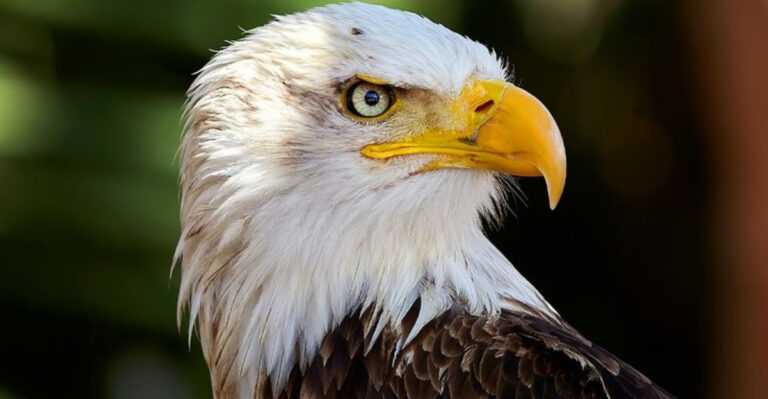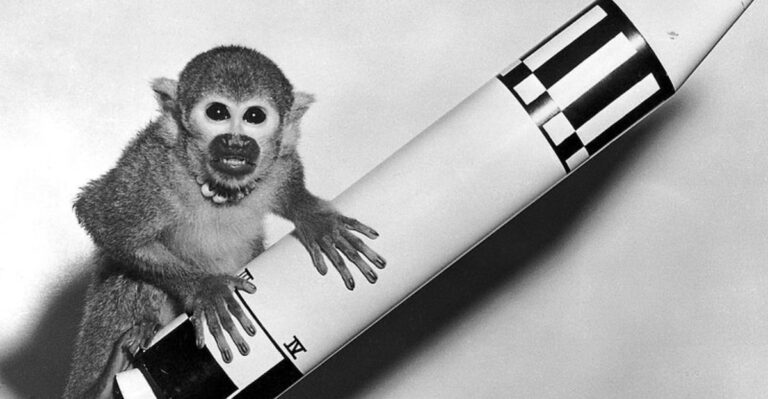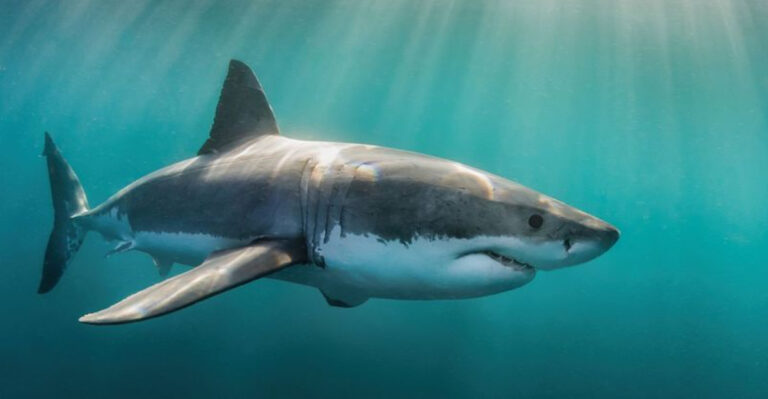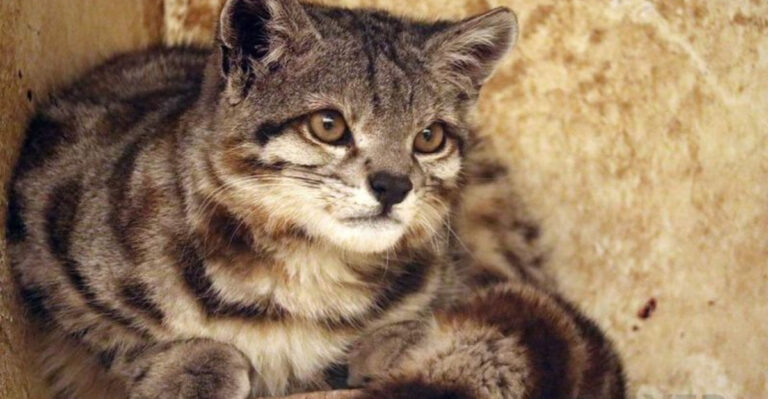Everything You Need To Know About Otter Teeth And Their Powerful Bite
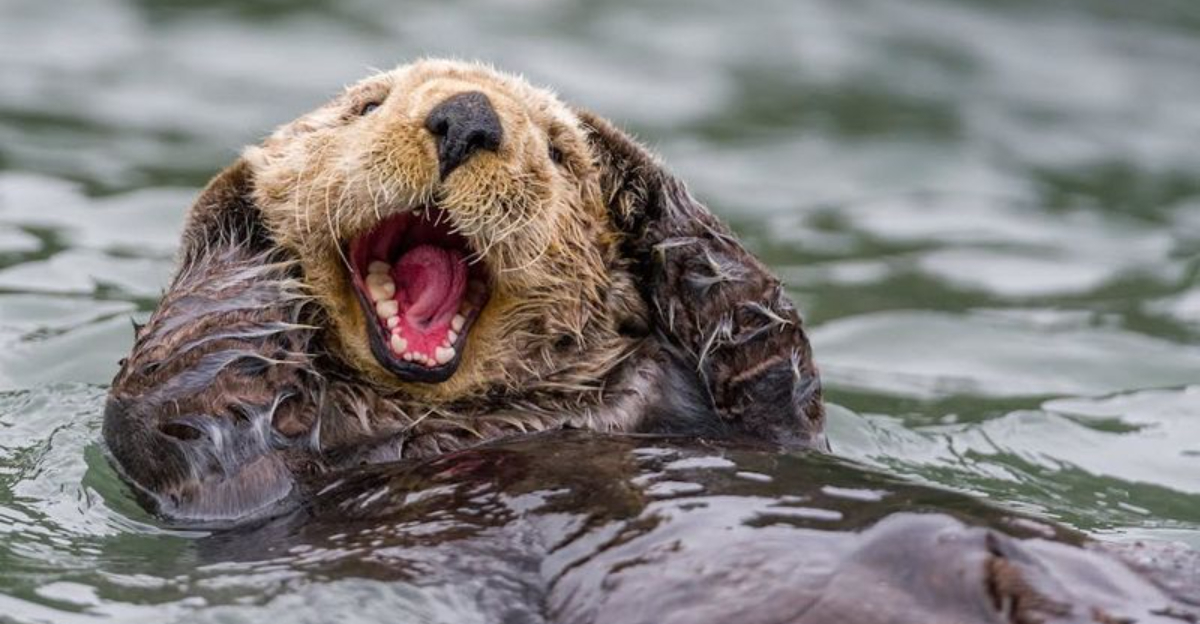
Otters might look like adorable, playful creatures, but their teeth tell a fascinating story of survival and adaptation.
These semi-aquatic mammals possess remarkable dental features that help them thrive in their environments. From crushing shellfish to catching slippery fish, otter teeth are engineering marvels of the natural world.
Otters Possess Specialized Teeth For Their Diets
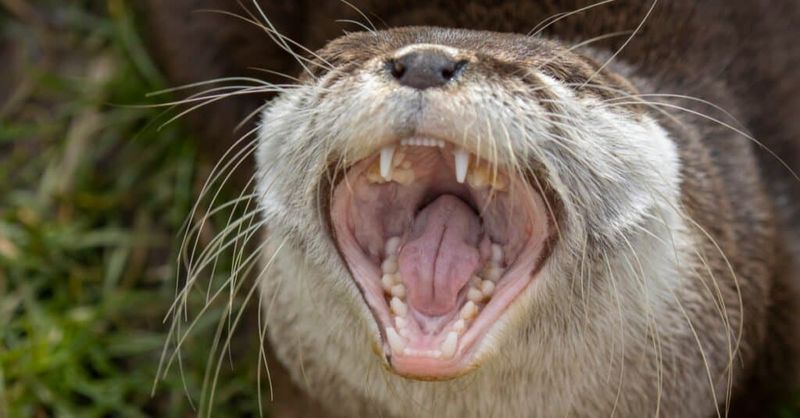
Nature has crafted otter teeth with incredible precision. River otters sport sharp, pointed teeth perfect for snagging wriggling fish from streams and rivers.
Sea otters, meanwhile, evolved flat molars that act like tiny nutcrackers for shellfish. This dental specialization allows different otter species to thrive in their unique habitats without competing for the same food sources.
River Otters Have 36 Teeth
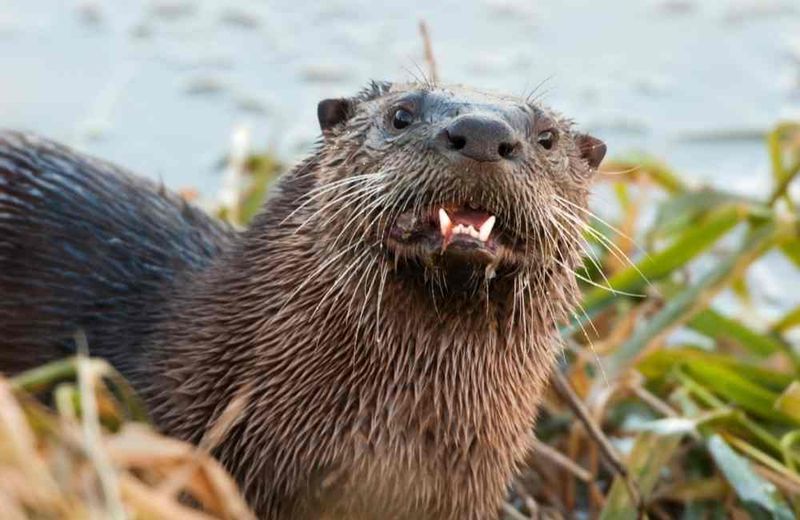
Just like a well-stocked toolkit, river otters carry 36 teeth in their jaws. The collection includes 12 incisors for nibbling, 4 canines for piercing, 14 premolars, and 6 molars for grinding.
This dental arrangement creates the perfect balance between catching prey and processing it efficiently. Imagine trying to eat slippery fish without this specialized tooth arrangement!
Sea Otters Have Strong, Resilient Teeth

Imagine teeth 2.5 times stronger than human teeth! Sea otters boast exactly that—dental superheroes capable of tackling tough shellfish day after day.
Their enamel contains special adaptations that prevent cracking when biting down on hard objects. Without this extraordinary strength, sea otters would struggle to access their favorite foods like clams, mussels, and sea urchins.
High Bite Force Relative To Size
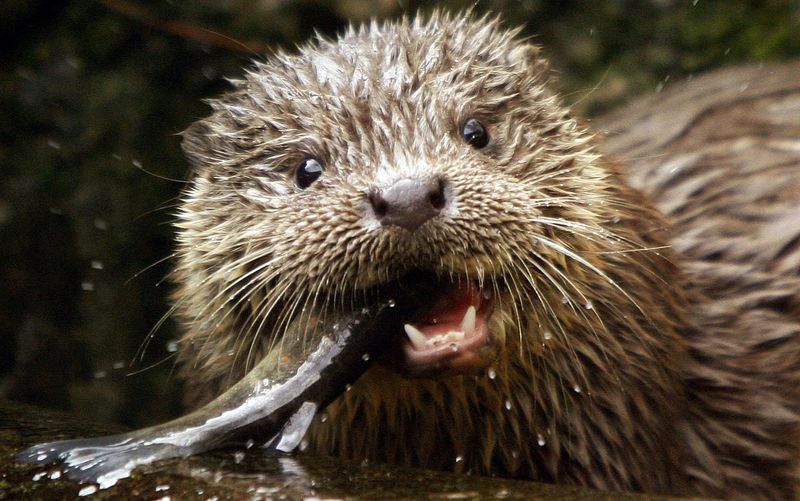
Pound for pound, sea otters are bite force champions. Their jaws can exert nearly 80 pounds of crushing pressure—impressive for an animal their size!
This power allows them to crack open shells that would otherwise require tools. Scientists study this remarkable biomechanical feature to understand how such small mammals generate such tremendous force through specialized jaw muscles and tooth structure.
Tool Use To Protect Teeth

Smart sea otters have developed a clever hack: using rocks as natural hammers! Floating on their backs, they place stones on their bellies and smash shells against them.
This brilliant behavior preserves their precious teeth from unnecessary wear and tear. Some otters even keep favorite rocks tucked under their armpits while diving, showing remarkable foresight about dental self-care.
Females Use Tools More Frequently
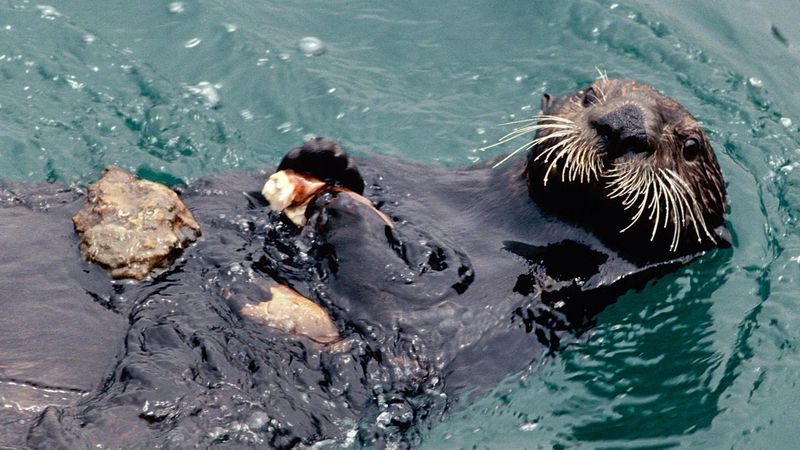
Female sea otters are the tool-using champions of their species. Researchers have observed them employing rocks and other implements significantly more often than their male counterparts.
This gender difference likely stems from females’ smaller body size and higher energy demands, especially during pregnancy and nursing. By using tools instead of teeth, clever females conserve energy and protect their dental equipment.
Dental Health Affects Survival

For otters, dental problems can be life-threatening. A broken tooth or worn-down molars significantly impact their ability to catch and process food.
Wildlife rehabilitators often find malnourished otters suffering from dental issues that prevent proper feeding. The connection between teeth and survival is so strong that researchers can often predict an otter’s lifespan simply by examining its dental condition.
Otter Teeth Are Adapted For Durophagy

“Durophagy” might sound complicated, but it simply means eating hard-shelled creatures. Otter teeth excel at this challenging dining style!
Their specialized molars feature broad, flat surfaces perfect for crushing shells. The unique arrangement of cusps and ridges on these teeth creates maximum crushing power with minimal effort. It’s like having built-in nutcrackers specifically designed for underwater meals.
Prehistoric Otter Had A Surprisingly Strong Bite
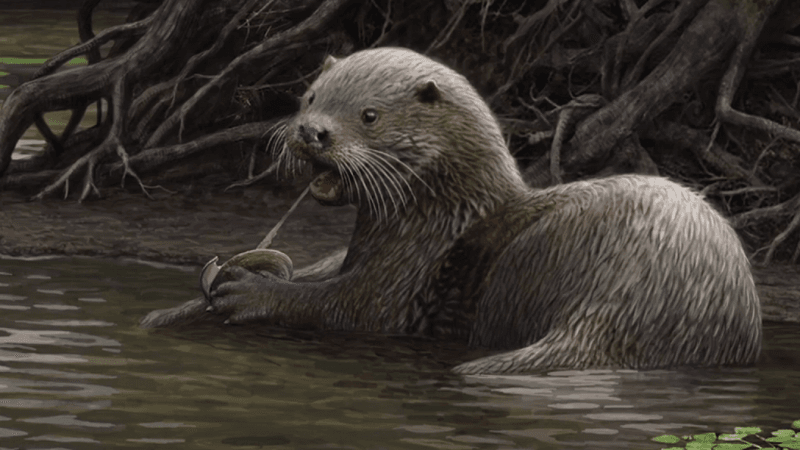
Meet Siamogale melilutra, the ancient otter with jaws of steel! This wolf-sized prehistoric relative possessed jaw bones significantly stiffer than modern otters.
Fossil evidence suggests it could crush prey even harder than today’s otters. Scientists were shocked to discover this ancient species had evolved such powerful biting mechanics, challenging previous assumptions about otter evolution and suggesting they’ve been shell-crushing specialists for millions of years.
Sea Otter Teeth Are Prone To Wear
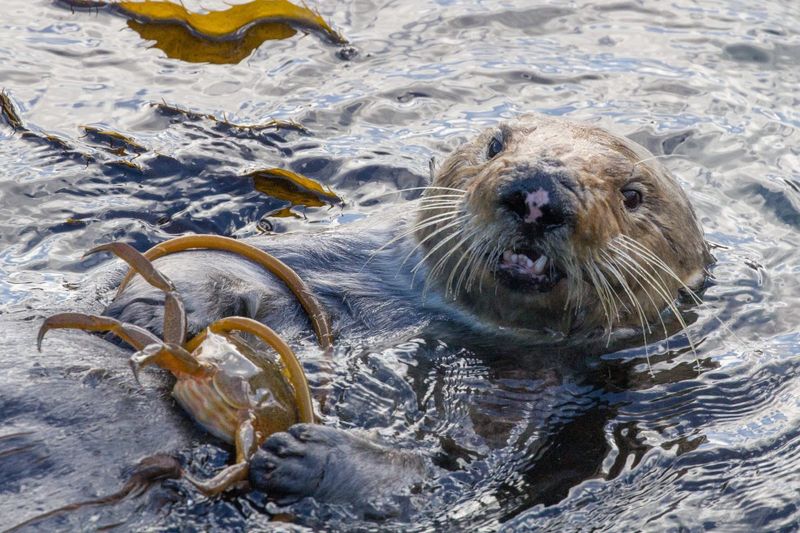
Even superhero teeth have limitations! Sea otters’ teeth gradually wear down from crushing countless shellfish throughout their lives.
X-rays of older otters reveal significantly flattened molars compared to younger individuals. This natural wear explains why tool use becomes increasingly important as otters age. Senior otters often develop distinctive techniques to compensate for dental wear.
Otters’ Teeth Reflect Their Feeding Habits

An otter’s smile tells its dinner preferences! Scientists can determine an otter’s diet just by examining its teeth.
Fish-eating river otters show different wear patterns than shellfish-crushing sea otters. This dental detective work helps researchers understand how otter populations adapt to changing food availability. When prey populations shift, otter teeth provide valuable clues about these ecological changes.
Otter Teeth Are Essential For Ecosystem Balance
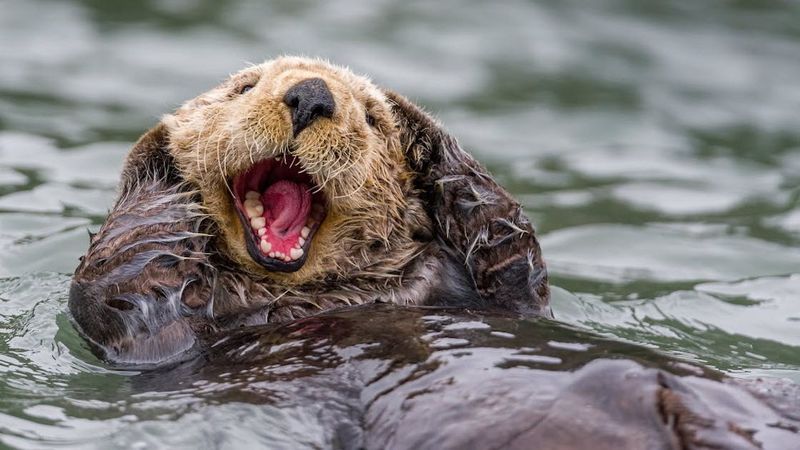
Otter teeth do more than just feed their owners—they help maintain entire ecosystems! By controlling prey populations, otters prevent any single species from dominating.
Sea otters famously protect kelp forests by eating sea urchins that would otherwise devour kelp. Without their specialized teeth, otters couldn’t perform this crucial ecological role. Their dental equipment literally shapes underwater landscapes!
Otter Teeth Are A Subject Of Scientific Study
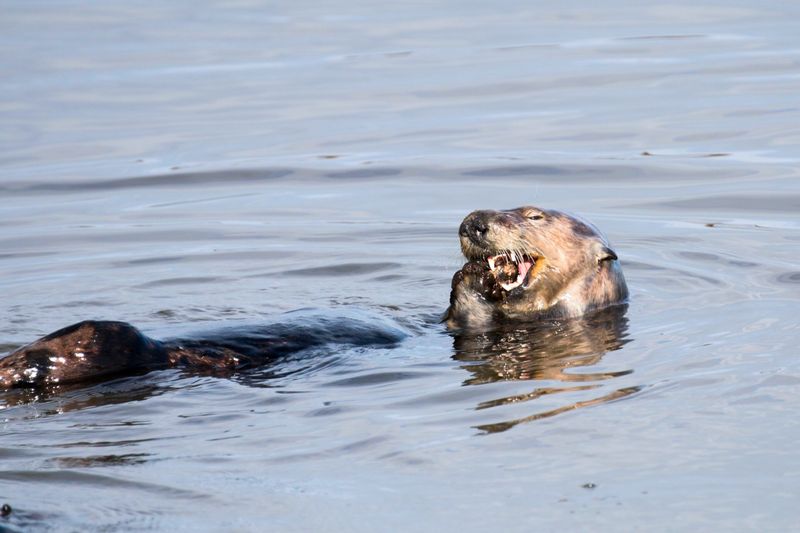
Researchers worldwide find otter teeth fascinating subjects for scientific investigation. By studying their unique dental structures, scientists gain insights into evolutionary adaptations and ecological relationships.
Modern scanning techniques allow detailed analysis of tooth microstructure without harming living otters. These studies help conservation efforts by revealing how environmental changes affect otter feeding success and population health over time.

